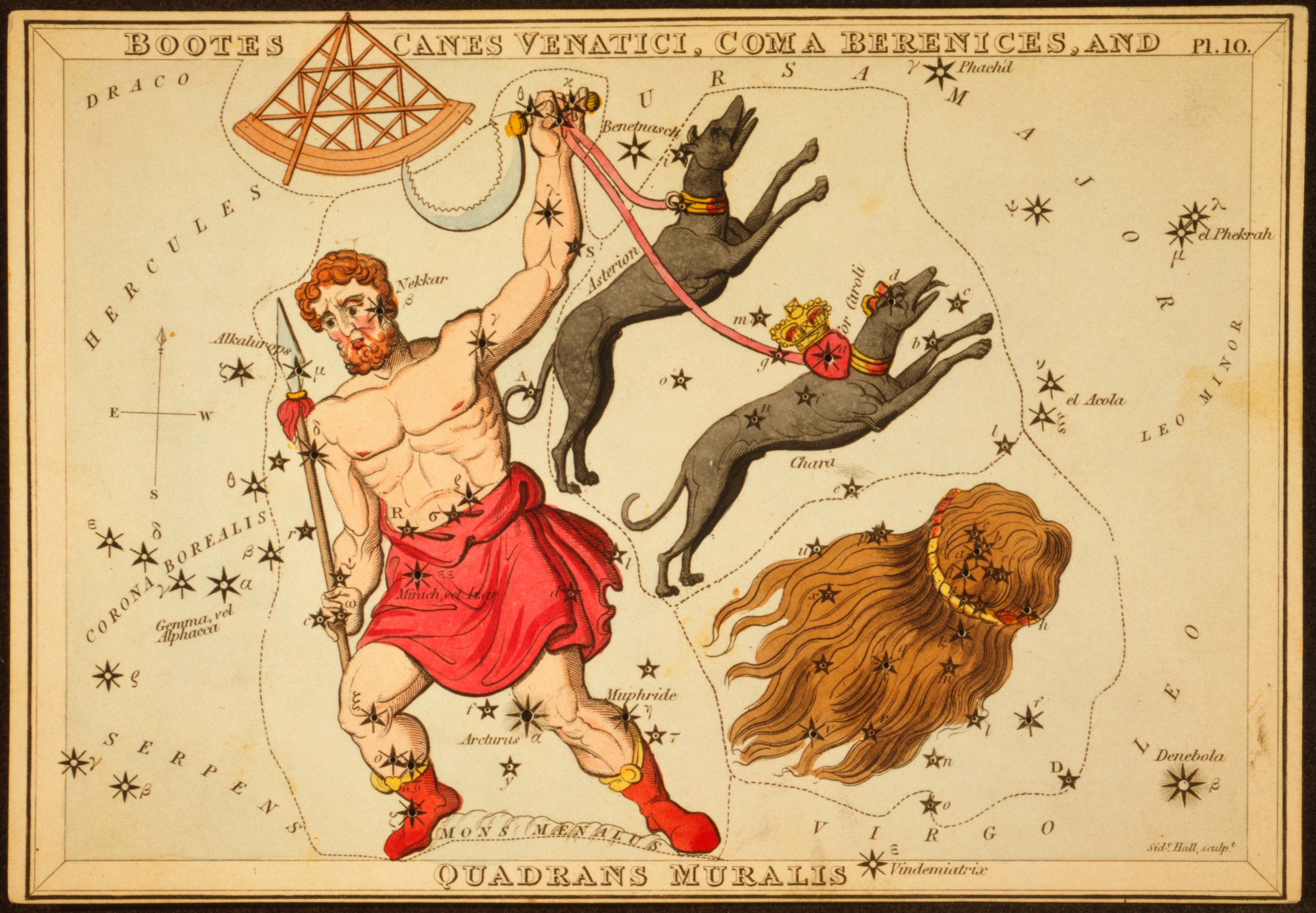How to catch the Quadrantids, the first meteor shower of 2025
The Quadrantid meteor shower will be the year’s first chance to see fireballs in the sky

Your support helps us to tell the story
From reproductive rights to climate change to Big Tech, The Independent is on the ground when the story is developing. Whether it's investigating the financials of Elon Musk's pro-Trump PAC or producing our latest documentary, 'The A Word', which shines a light on the American women fighting for reproductive rights, we know how important it is to parse out the facts from the messaging.
At such a critical moment in US history, we need reporters on the ground. Your donation allows us to keep sending journalists to speak to both sides of the story.
The Independent is trusted by Americans across the entire political spectrum. And unlike many other quality news outlets, we choose not to lock Americans out of our reporting and analysis with paywalls. We believe quality journalism should be available to everyone, paid for by those who can afford it.
Your support makes all the difference.When the Quadrantid meteor shower peaks on Friday, it will be the year's first chance to see fireballs in the sky.
A waning crescent moon means good visibility under clear and dark conditions.
Most meteor showers are named for the constellations where they appear to originate from in the night sky. But the Quadrantids “take their name from a constellation that doesn’t exist anymore,” said NASA's William Cooke.
These meteors usually don't have long trains, but the heads may appear as bright fireballs. The peak may reveal as many as 120 meteors per hour, according to NASA.
Viewing lasts until Jan. 16. Here’s what to know about the Quadrantids and other meteor showers.
What is a meteor shower?
As the Earth orbits the sun, several times a year it passes through debris left by passing comets — and sometimes asteroids. The source of the Quadrantids is debris from the asteroid 2003 EH1.
When these fast-moving space rocks enter Earth's atmosphere, the debris encounters new resistance from the air and becomes very hot, eventually burning up.
Sometimes the surrounding air glows briefly, leaving behind a fiery tail — the end of a "shooting star."
You don’t need special equipment to see the various meteor showers that flash across annually, just a spot away from city lights.
How to view a meteor shower
The best time to watch a meteor shower is in the early predawn hours, when the moon is low in the sky.
Competing sources of light — such as a bright moon or artificial glow — are the main obstacles to a clear view of meteors. Cloudless nights when the moon wanes smallest are optimal viewing opportunities.
And keep looking up, not down. Your eyes will be better adapted to spot shooting stars if you aren’t checking your phone.
The Quadrantids will peak on a night with a slim crescent moon, just 11% full.
When is the next meteor shower?
The next meteor shower, the Lyrids, will peak in mid-April.
___
The Associated Press Health and Science Department receives support from the Howard Hughes Medical Institute’s Science and Educational Media Group. The AP is solely responsible for all content.